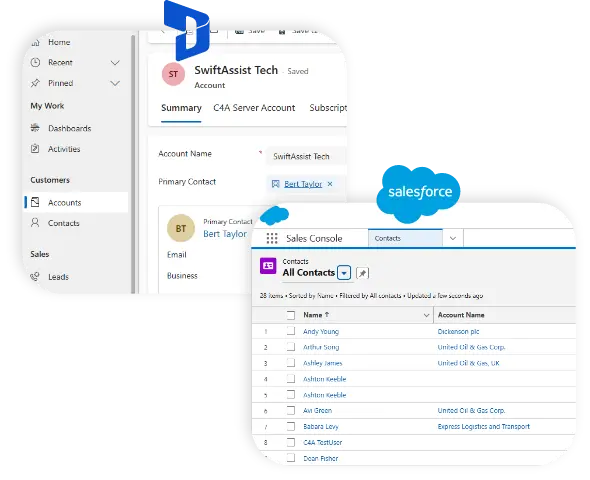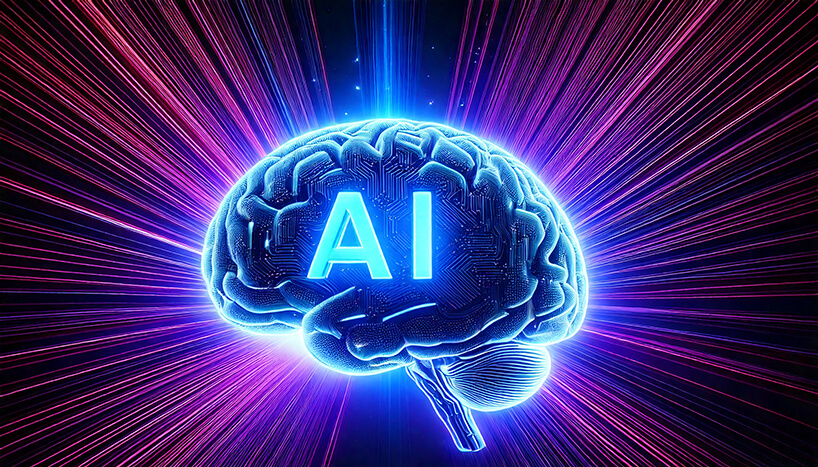How to use ChatGPT in your day-to-day job?

Learn more about how you can use ChatGPT to make your workday easier.
There’s no denying that there is a growing level of both distrust and interest in AI tools such as ChatGPT. While many are fearful of the technology “taking” their jobs or rendering their roles redundant, it is important to note that this isn’t quite the case. However, it can be used to make your day-to-day job a little easier.
Right now, “40% of companies presently use ChatGPT, while 30% intend to use it in the future,” likely due to the improved efficiency and productivity rates that are tied to its implementation in your working day.
With that in mind, here are just some of the ways in which you can start to use ChatGPT in your day-to-day job.
Scheduling & Time Management
According to a recent study, “only 20% of people feel like their workload is under control on a daily basis.” While there are many potential reasons for this, poor time management is often a key culprit. Employees are often given so many tasks to complete within a day that they simply do not know where to start.
ChatGPT can remedy this. For example, you can input project deadlines, to-do lists, and more into the chatbot and ask ChatGPT to put together a schedule for your day. This way, you have a framework to use moving forward. ChatGPT can also be used for scheduling, making it easier to find an optimal meeting time for all participants.
Communication tasks
Employees spend a great deal of time responding to customer messages and enquiries. While this is an essential aspect of customer relationship management, it should not come at the expense of other time-sensitive tasks, which it often does.
By finding ways to automate customer interactions, such as by adding an online support chat for website, you can free up time in your schedule to focus on the work you were actually hired to complete. While ChatGPT can be added to your website for this purpose, custom webchat software may be your best bet moving forward.
Research
ChatGPT is also an effective research tool that can be used by those working across a range of different professions, from teaching to marketing. For example, when developing a new marketing campaign, AI-powered tools such as ChatGPT can be used to help marketers identify which SEO keywords and keyword phrases they should be targeting.
Continuing with the examples outlined above, teachers can use ChatGPT to put together comprehensive lesson plans that cover the required syllabus and topics while remaining as exciting and engaging as possible.
Improve your writing
AI software can also be used to help you to improve your writing, whether you are putting together a quick report, or sending an email to a customer. However, it is important to note that you should not become reliant on this software to do the bulk of the work for you. AI-generated content is not always 100% accurate and is often missing the human touch that makes writing engaging and interesting, especially in long-form texts.
However, it can also be used as a tool to improve your writing skills. For example, it may help you identify frequent grammatical mistakes or find ways to change the tone of your writing so that it is more succinct, persuasive, or even assertive.
If you are in the process of applying for a new job, you can input job specifications into ChatGPT alongside your resume and cover letter and ask for feedback. This way, you can ensure that you are covering all of the points discussed in the job spec, increasing your chances of being invited for an interview further down the line.
Final Thoughts
While you should not try to get ChatGPT or other similar tools to do the bulk of your work on your behalf - finding ways to implement it into your daily routine can improve your productivity and efficiency levels. As a result, you’ll find that you are able to stay on track for deadlines and maintain a healthier work-life balance moving forward.
Furthermore, with the imminent release of ChatGPT 5, the benefits provided by this kind of software are only going to improve working forward. This means that while many are experimenting with AI technology in the workplace right now, in a few years, it will likely be a common fixture that many cannot imagine working without.

























